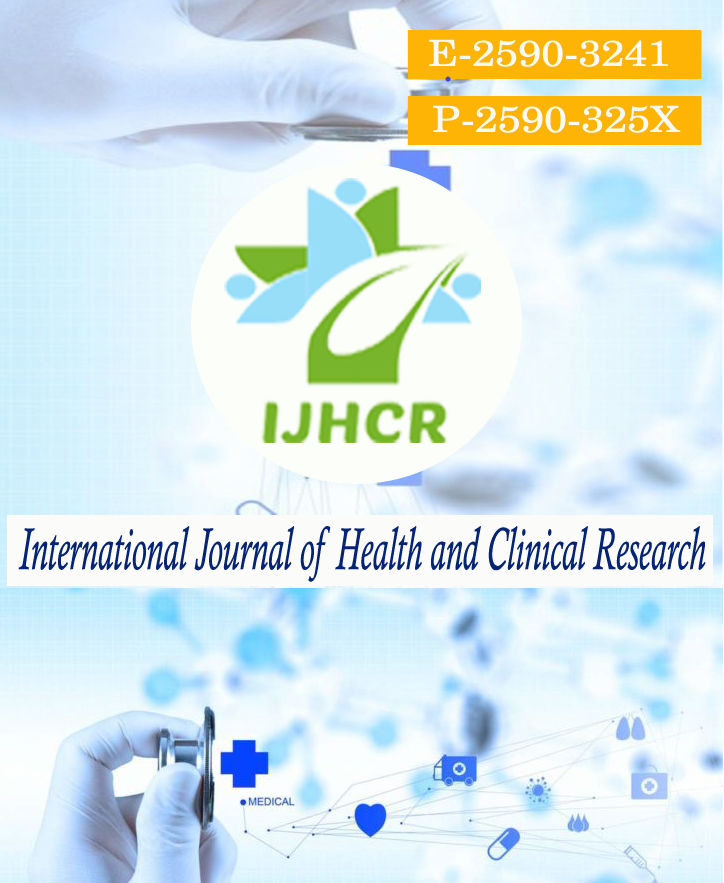To compare the efficacy of fentanyl versus dexmedetomidine as adjuvant to 0.5% bupivacaine in ultrasound guided supraclavicular brachial plexus block in upper limb surgeries
Keywords:
Ddexmedetomidine, Fentanyl, BupivacaineAbstract
Aims: The study was undertaken to compare between Dexmedetomidine and Fentanyl as adjuvants to 0.5% Bupivacaine hydrochloride in Ultrasound guided Supraclavicular Brachial Plexus block. Materials and methods: This clinical study was conducted in 60 patients of both sex, of age group 18-50 years admitted to Gandhi Hospital for upper limb surgeries from 2016-2017. They were randomly divided into two groups of 30 patients each –Group F (Fentanyl) – was given conventional supraclavicular brachial plexus block with 30 ml of 0.5% Bupivacaine and 1 μg/kg of Fentanyl. Group D (Dexmedetomidine) – was given conventional supraclavicular brachial plexus block with 30ml of 0.5% Bupivacaine and 1 μg/kg of Dexmedetomidine. Results: The average age was 33.13 ± 9.179 years in group F, and 31.4 ± 8.295 years in group D. The average weights of the patients were 67.66 ± 8.38 kgs in group F and 69 ± 9.505 kgs in group D respectively. There was no significant difference in age and weight between the two groups. The mean time of onset of sensory blockade in group F was 6.83 ± 1.72min. In group D it was 7.03 ± 1.43 min. The slight delayed onset of sensory blockade in group D is however not statistically significant (p value >0.05). The mean time of onset of motor blockade was 11.13 ± 2.25 in group F when compared to 11.23 ± 2.23 in group D. This was not clinically or statistically significant (p value >0.05). The mean time for duration of analgesia was 357 ± 37.62 min in group F whereas in group D the mean was 489.66 ± 59.91 min. This was statistically significant with a p value of <0.0001. Conclusion: Dexmedetomidine (1 μ g/kg ) seems to be an attractive alternative to Fentanyl (1 μ g/kg) as an adjuvant to bupivacaine in supraclavicular brachial plexus block. It provides good quality of intraoperative analgesia, hemodynamically stable conditions, minimal side effects, and excellent quality of postoperative analgesia.
Downloads
Published
How to Cite
Issue
Section
License
Copyright (c) 2021 Syed Abid Ali, Gandhay Madhavi, Kota Raju, Rontala Saraiah

This work is licensed under a Creative Commons Attribution 4.0 International License.






 All articles published in International Journal of Health and Clinical Research are licensed under a
All articles published in International Journal of Health and Clinical Research are licensed under a 